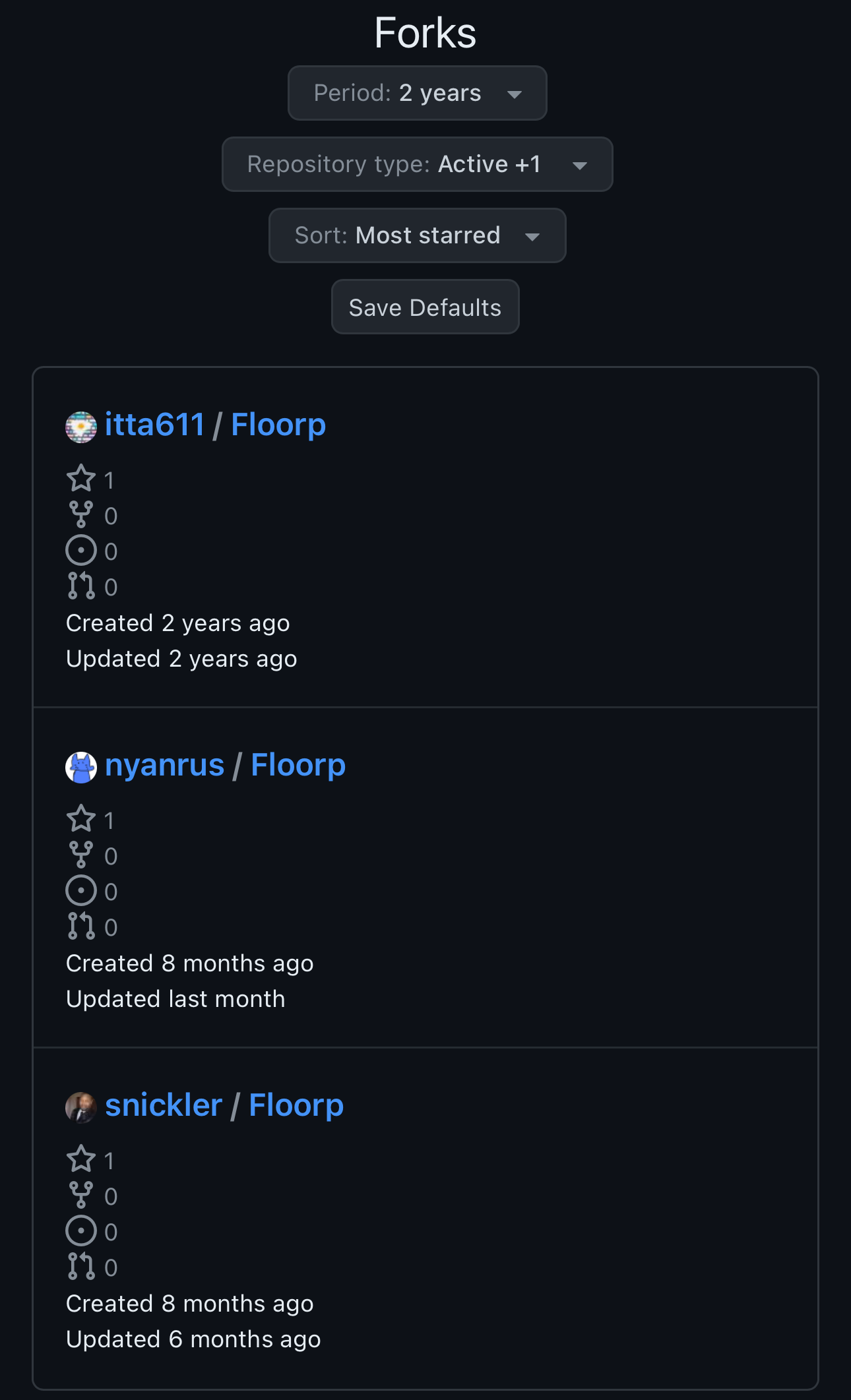

The only thing you need to know is that Randy Pitchford was involved. This guarantees it’s going to be a shitshow.


The only thing you need to know is that Randy Pitchford was involved. This guarantees it’s going to be a shitshow.
Just alias pdoman=podman. I do that with all my common typos.


All of these packaging systems have plenty of tutorials. Speaking from experience, many maintainers were not developers when they started maintaining packages for distros other than the official distros. I have worked with several maintainers who do work in tech and know socially several who had no background. This could be a great place for you to start!
You bother because FOSS is as much paying it forward as it is getting shit for free.


I mean it’s FOSS. Have you considered opening a PR to contribute what’s missing? You can be the change you want to see. I wouldn’t normally comment something like this. Your emphasis on “still” raised my hackles a little bit and led me to ask why you still haven’t made your own.


The big critical piece mentioned is just some marketing fluff without any receipts or analysis. Calling the hotel “a 48-hour movie that passengers were actually a part of” ignores the entire video. “Every part was designed for enthusiastic interaction” ignores valid criticism of most of the building. I’m not really sure that it really “was proven that the price was indeed worth it” given that the only evidence was TripAdvisor scores, only one of many forums for such ratings. The rest is just strawman bullshit.


This article is about a year old. You can play a demo these days. Dunno if it’s any good.


Multiple teams are being cut, at least at Arkane Austin. I don’t know the total heads rolling. Many of my friends are now out of a job. The severance isn’t terrible, at least for some of the engineers. That’s not better than a job, though.
This doesn’t appear to cover the cost of the electricity it would take to keep your stuff running. There is no way to pay anything out at all. Seems like a pretty straightforward pump-and-dump where the end users are collecting imaginary points while some company abuses their resources. Every blog and Reddit post I looked at to try to understand this was full of referral links. Equally classic sign of pump-and-dump pyramid scheme.


See my link for 47. Its Wikipedia has more context. If you’re a Star Trek fan, you’ve seen it a ton.


42, 47, and 50 all make sense to me. What’s the significance of 37, 57, and 73?


If a repo is very popular, it should have a lot of forks. The higher the upstream popularity, the higher the downstream popularity. When a dev makes a claim that there are a ton of malicious forks stealing IP, we can vet that claim by looking at the forks that respect the upstream. Big projects have a big community with big forks with many stars. The popular downstreams drive traffic to the upstream.
In this case, we have a couple hundred direct forks. That’s not a ton. Out of those, only three have stars. All of them only have one star. At face value, that could imply a few things: the repo is not very popular, the community is centralized around the upstream, or something else along those lines. Comparing this to other open source projects, our initial conclusion is that this is not a hugely popular repo and does not get a lot of development outside of its incredibly niche community.
Occam’s razor is a tool, not objective truth. Based on the facts as we can see them, this focus on forking from the dev is much more indicative of a burnout spiral, incredibly common in the FOSS community, than nefarious actors. If we see receipts, eg a collection of takedown requests on malicious forks attempting to claim ownership of the code, our analysis falls apart. That’s still a possibility, however remote.


There were forks that wanted to hide the fact that they were Floorp forks, forks that did not want to contribute to Floorp at all, forks that used the code for life and just changed the name of Floorp, and many other forks were born.
There are three visible forks that have any stars. All of them have one star. You’re telling me that a project that is so widely and maliciously repackaged has no normal forks with more than one star? Is this tech that only bad actors want to use and has no following in the open source community?
Where are these evil forks, how do we actually know they’re forks, and why are they still up if they’re breaking license?
Edit: Here is a fork with 200+ stars that isn’t a direct GH fork. Given its premise is an opinionated and branded Floorp, is it morally wrong for its maintainers to not contribute to Floorp (assuming they don’t only for the sake of argument)? Does your answer apply to fediverse server owners (eg Mastodon, Lemmy) whose premise is hosting an opinionated and branded instance often explicitly without the technical skill to suggest patches?


You really shouldn’t apply a CC license to code. Someone who does that after saying what the dev said about not forking their open source code has no fucking clue what they’re talking about and is either about to spiral out or build something really dumb (or both).
Edit: yeah the dev seems pretty delusional



They already did that. They companies the tools to remove negative reviews. Glassdoor has not been much different from BBB for some time (if not all time).


My stance has been that, just as long as I’m interviewing with someone, I’m happy to do it, up to an undetermined time threshold. A screening interview, a tech screen, and then a bunch of panels is what I expect from a solid firm. Just as long as I’m interviewing with someone, I have a lot of opportunities to learn myself. I will also occasionally do a take home if and only if there’s a novel problem I want to solve related to that take home (eg I want to learn a library related to the task) but this is very rare.
As a hiring manager, I try to keep things to a hiring screen, a tech screen, a team interview, and a culture interview. My team is small. I don’t want to spend more than three hours of someone’s time (partially because I can’t really afford to spend more than that myself per candidate or lose more team hours than that). My tech screens are related to the things I actually need people to do, not random problems you’ll never see.
My assumption is that a good dev has lots of opportunity and I am in competition with everywhere else. I need to present the best possible candidate experience. Big companies with shitty employee experience telegraph that by presenting a shitty candidate experience, which is where the employee experience begins. You can’t have a good customer focus without starting from a good employee focus.


It’s also offered as part of the installation process at least for Ubuntu server. If you don’t know better it bites you real quick.


The issue here is that Canonical pushed the snap install without warning about its reduced functionality. I don’t think highlighting a wildly different experience between a snap install and the Docker experience people are used to from the standard package install is “bashing it just because it’s popular to hate on snap.” For example, if you take a fresh Ubuntu server 22 install and use the snap package, not realizing that snaps have serious limitations which are not explicitly called out when the snap is offered in the installation process, you’re going to be confused unless you already have that knowledge. It also very helpfully masks everything so debugging is incredibly difficult if you are not already aware of the snap limitations.
wat
why